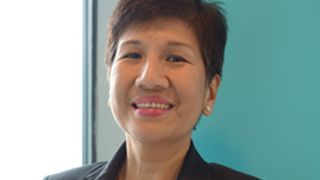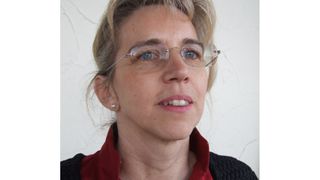
Managing payment collection in Indonesia

Deutsche Post DHL (DHL) is the globe’s biggest logistics company, with extensive coverage in air and sea mail. The company has over 340,000 employees across 220 countries and territories and is based in Bonn, Germany.
DHL Express began its operations in Indonesia in 1973, and today is supported by 280 vehicles and over 1,200 employees. In this interview, Seno Pranoto, CFO at PT. Birotika Semesta / DHL (Indonesia), talks about how he manages banking relationships and how he has helped build the company’s treasury operations in Indonesia.
Q: When did you join DHL, and what was your main task?
A: I joined a long time ago. When I was appointed as a CFO, this position is to manage all the financial activity including treasury, tax, the financials and the reporting. And of course we had to look at the profitably and the cost management. These are the major responsibilities I have now.
Q: What was your first impression of the set-up?
A: From the treasury side, my goal was to make sure that we don’t have any issues, especially on cash flow. Regarding cash flow, we have to make sure that all the payments are managed timely. One issue is that we have to pay the customs [tax], and we cannot delay the payment.
We have to make sure the payment to them is on time. The other thing is if we are talking about the treasury, we have to worry about how to manage the collection in our bank. The information from the bank is clear, and we need to be able to identify all the incoming funds and they need to be clear on the statement.
Collecting cash is one of our main issues now. And also the payments. We have the facilities from the bank, but we need to ensure that our cash flow is enough to manage our in and outs. Basically we have to know the trend of the payments, such as the incoming funds of our customers.
We have a couple of banking partners for different purposes. For collections we use the two accounts, and we make sure the information to the customer is clear so they can easily pay. And also the account for our internal payments, such as our cost and our employees.
Q: How do you acquire a real-time view of your cash?
A: In the morning we have a meeting before 9am to check it. We use the bank’s online systems to check the accounts. We do not use a TMS system; we use online banking.
Q: How do you select the banks the work with?
A: The first one is the local banks. For a local bank, we select one that has a lot of branches. This is because we have over 30 facilities in the country, and we need to transfer our payment to cover the daily operations. The second thing we look for is a bank that has a lot of ATMs, so our staff can gain access to their salaries without having to wait in line at a bank. All our employees use the same local bank.
We are also looking for a bank that can minimize our manual work. An example is when we have to pay customs tax, one of our banks can provide us with additional value, such as preparing all the paperwork and taking care of it.
Q: How do you make your banks work for you?
A: Let’s say we want to discuss a problem we are having with our bank, such as the collection of payments, because we can’t identify the incoming funds and where they are coming from. The bank will then try to find a way to figure out how to solve the issue by providing us with different ideas, such as digital reconciliation, and then we will choose which one we think is best for our specific circumstances. We do work with our banking partners frequently about the problems we have, such as reconciliation.
Q: Are you trying to cut the number of banks you are working with or add more?
A: There currently are no plans to make any changes to our existing banking partners.
Q: What other major developments are you working on?
A: Currently our major project is to improve customer satisfaction. We need to make sure about all the transactions, especially the incoming ones. We need to be able to identify the incoming funds easily to make sure about our customers. This allows us to provide our services to them faster.
The second project is changing from paper to paperless. This is a major issue because we have a lot of paperwork we need to prepare before we give it to the customer. Now we are trying to work with the bank to figure out who can combine all the paper from customs and the bank and from DHL and send it to the customer directly through a digital channel. This is a critical project because it improves our cash-flow forecasting. We don’t want our incoming funds slowed down.
Sign-in to access CorporateTreasurer content.
Free Registration & 7-Day Trial
Note: This free trial is a one-time offer. You are eligible for one free trial per year.


